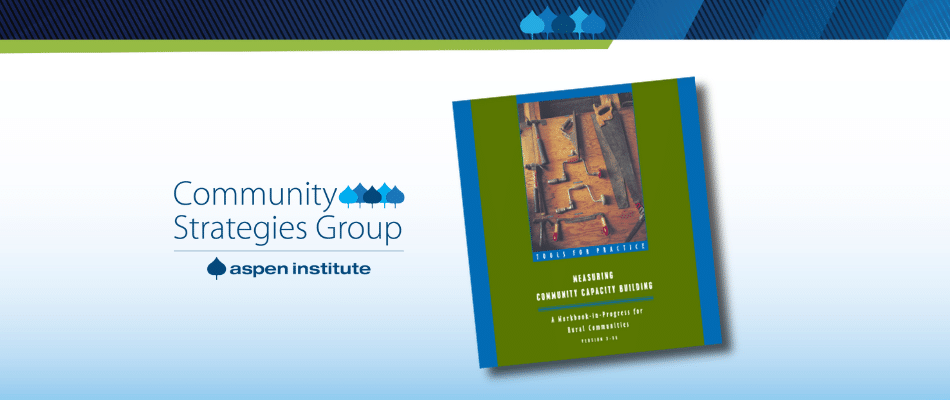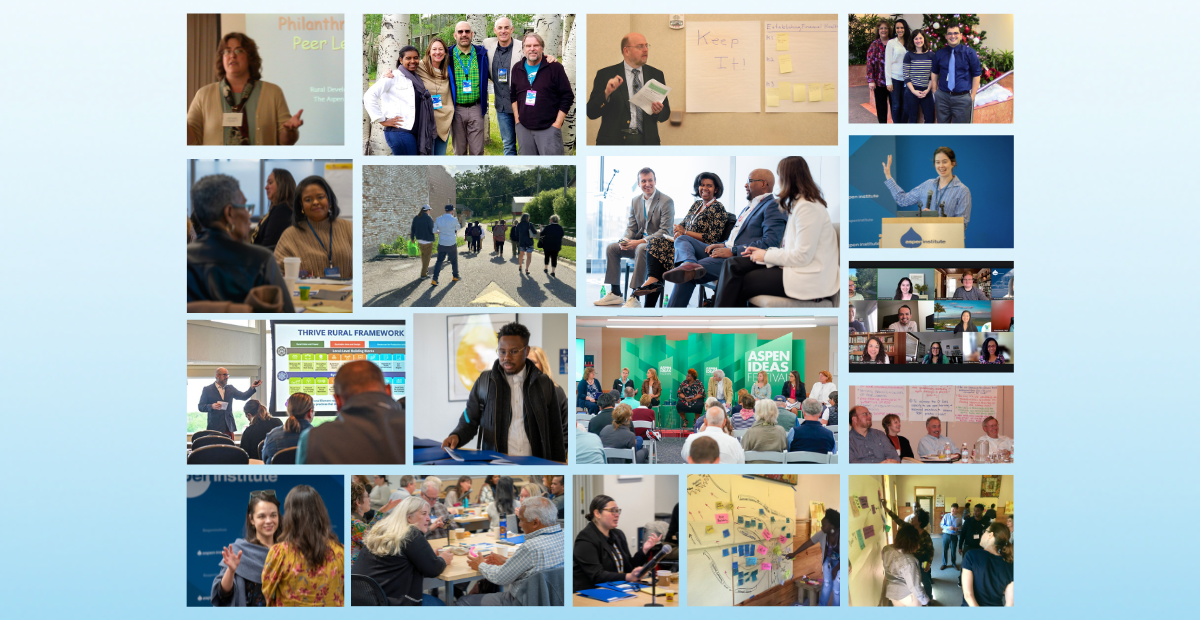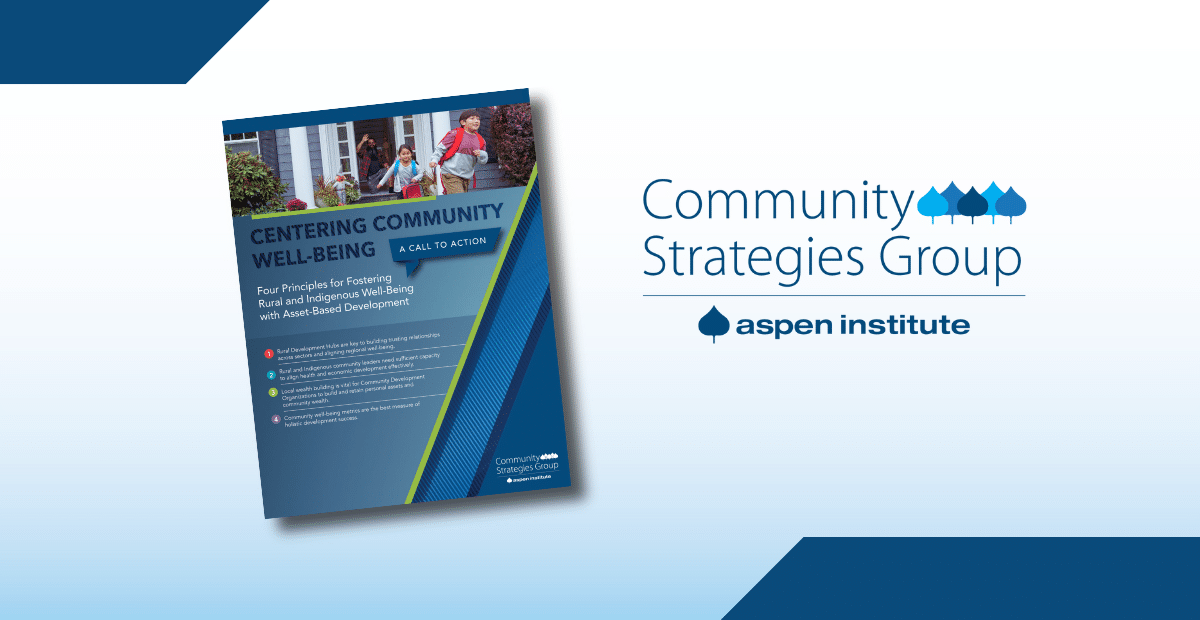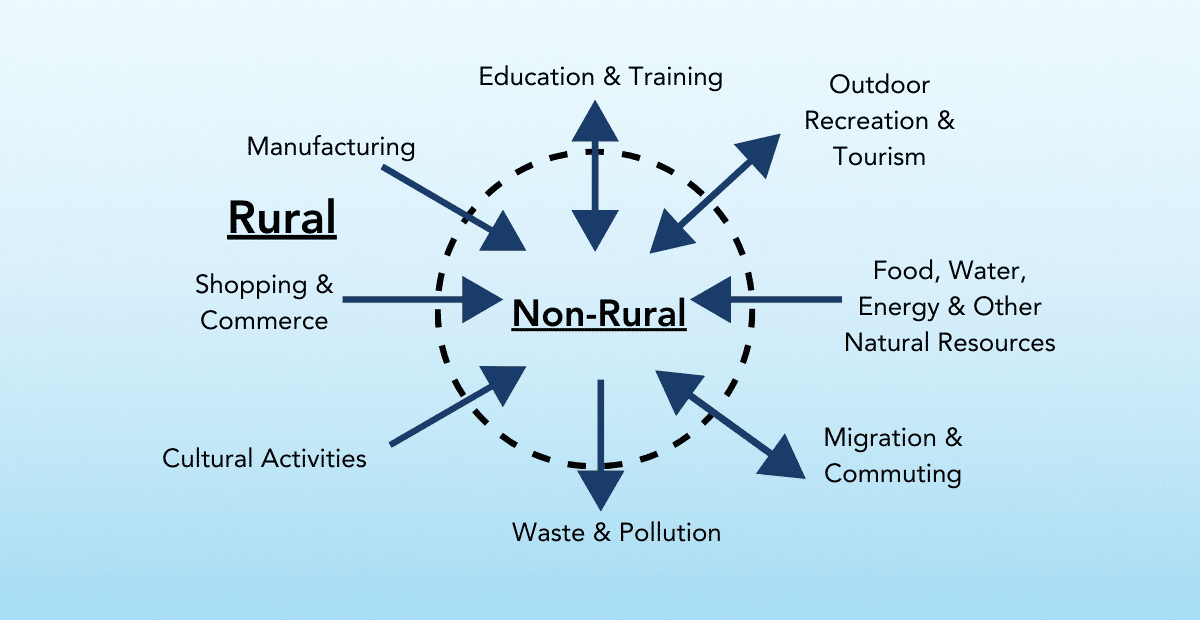What is this workbook?
This is a workbook for community leaders and citizens who want to:
■ Improve the ability of individuals, organizations, businesses, and government in their community to come together, learn, make well-reasoned decisions about the community’s present and future, and work together to carry out those decisions—that is, to build their community’s capacity.
■ Find ways to set goals as they do this work, make sure they are actually moving toward these goals, and celebrate their progress.
What is in this workbook?
This workbook can be used by groups of citizens, working either alone or assistance, to help
identify:
■ What is community capacity building?
■ Why should we care about community capacity building?
■ How do we know community capacity building when we see it?
■ How can we measure—and celebrate—our community’s growing capacity as we build it?
Which communities need to build their capacity?
Every rural community that is trying to change its current condition starts from a different place, with different problems and different opportunities. For example:
■ FULL-TILT COMMUNITIES. Some rural communities know exactly what they want—better jobs, growing businesses, a healthier environment, a new town hall, higher quality schools, or simply for their children to have a real option to grow up and stay (employed) in the community. But they don’t know enough—or disagree—about the best way to get there. Or the same few folks do all the work, and they are getting tired.
■ GRIDLOCK COMMUNITIES. Other rural communities make no decisions over many years because of stubborn, divisive, long-standing fights between opposed “camps” over what to do—how land is being used, whether more “development” is the answer or the problem, who should make the decisions, and the like.
■ TROJAN HORSE COMMUNITIES. Some rural communities that seem prosperous are actually threatened by too much change too quickly—or by the lack of change. Perhaps an avalanche of rich, newcomer, part-time residents suddenly have too much local influence. Or maybe the local “old guard” establishment refuses to identify or tap the potential talents and contributions of younger, low-income or minority residents in determining the community’s future.
■ GHOST TOWN COMMUNITIES. Still other rural communities have given up trying to do anything because too many jobs and people have left, local energy is sapped, and nobody seems to care.
No matter if your community is on this list or if you have some other situation that frustrates your ability to keep going, you have a community capacity problem. You can only benefit if you work to build your community’s capacity.
Why is it important to measure community capacity building?
This is important because when citizens work together to improve their community, it may take a lot of groundwork before you see any tangible results from your decisions. A lot of the steps that your citizens and organizations might take to build capacity take time, and may seem “fuzzy” and intangible to you, to other citizens in the community—and to the outside world.
And unless you can see and feel progress, folks in your community—and the people outside whom you ask to support you—may give up.
We think that the best thing this workbook has to offer is a “menu” of actual measures that groups of citizens can choose from to gauge their progress as they build their community’s capacity.
The menu of measures we offer here can help make your progress real. You’ll be able to see, count and feel community capacity building, celebrate it, and, thus, gain more energy to keep your momentum going.







